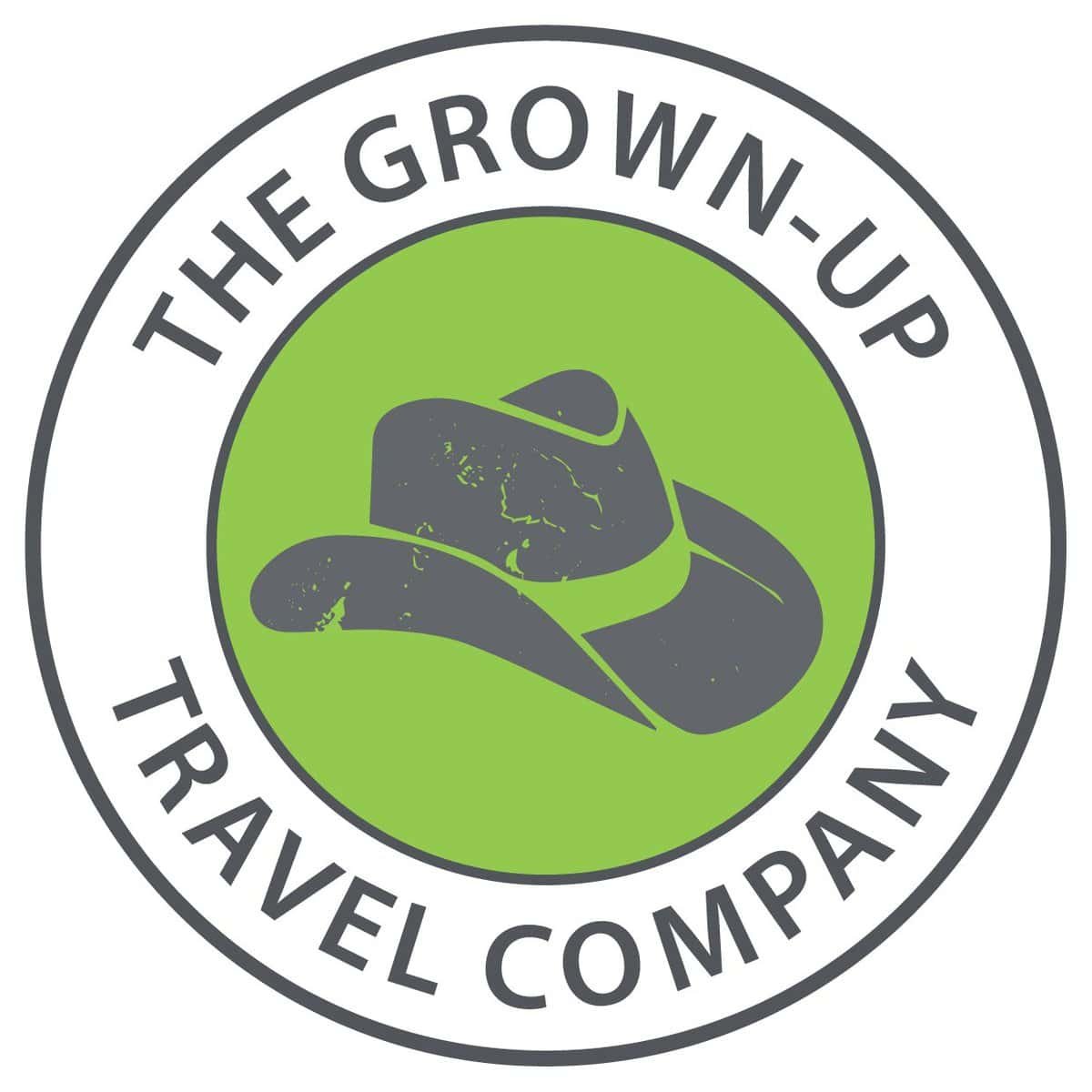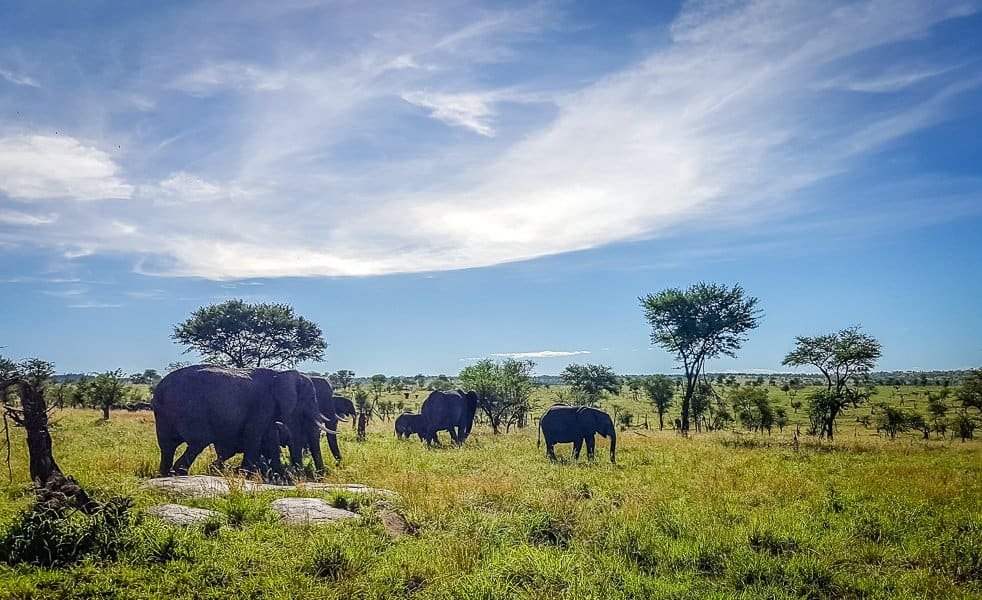
It’s no exaggeration to say that the Serengeti National Park is the best-known wildlife sanctuary in the world. With an area of 14,763 square kilometres, it has the greatest concentration of plains game in Africa and is home to one of the most incredible spectacles on earth – the great migration of wildebeest and zebra. Visitors can spot lion, cheetah, elephant, giraffe and a huge variety of birds. There’s a wide variety of accommodation available, from luxury lodges to mobile camps.
Introduction
The Serengeti National Park is as big as Northern Ireland, and the most popular wildlife sanctuary in the world. It has been a protected area since the 1940’s, and was accorded national park status in 1951. In 1981, the Serengeti was inscribed onto the list of UNESCO world heritage sites. The park is fantastic in its natural beauty and unequalled in its scientific value.

Two World Heritage Sites and two Biosphere Reserves have been established within the 30,000 km² region. It’s unique ecosystem has inspired writers from Ernest Hemingway to Peter Mattheissen, filmakers like Hugo von Lawick and Alan Root as well as numerous photographers and scientists – many of which have put their works at our disposal to create this website.
The Serengeti ecosystem is one of the oldest on earth. The essential features of climate, vegetation and fauna have barely changed in the past million years. Early man himself made an appearance in Olduvai Gorge about two million years ago. Some patterns of life, death, adaptation and migration are as old as the hills themselves.
Wildlife

The Serengeti is home to lion, leopard, cheetah, giraffe, rhino, elephant, hippopotamus, hyena, bat eared fox, wild dog and jackal. You can find large herds of antelope of all sorts including Patterson’s eland, Klipspringer, Dikdik, impala as well as Zebra, gazelles, water, bush and reed buck, topi, kongoni, cotton’s oribi, grey bush duiker, roan antelope buffalo and of course wildebeest. Smaller mammals include spring hare, porcupine, warthog, hyraxes, baboon, vervet monkey, colobus monkey, patas monkey, and mongooses. Reptiles you may spot here include crocodiles, a number of species of snakes and lizards. And don’t forget the nearly 500 species of bird, including vultures, storks, flamingoes, martial and fish eagles, ostrich.
The following statistics of wildlife population is a small indication of the immensity of the Serengeti: 700,000 Thompson gazelles, 65,000 Topi, 50,000 Grant gazelles, 1,500,000 wildebeest, 200,000 zebras, 2,000 lions, 800 leopards, 4,000 hyenas, 200 wild dogs, 500 cheetahs, 500 species of birds, more than 30 species of large herbivores…the list goes on.
It is the migration for which Serengeti is perhaps most famous. Over a million wildebeest and about 200,000 zebras flow south from the northern hills to the southern plains for the short rains every October and November, and then swirl west and north after the long rains in April, May and June. So strong is the ancient instinct to move that no drought, gorge or crocodile infested river can hold them back.
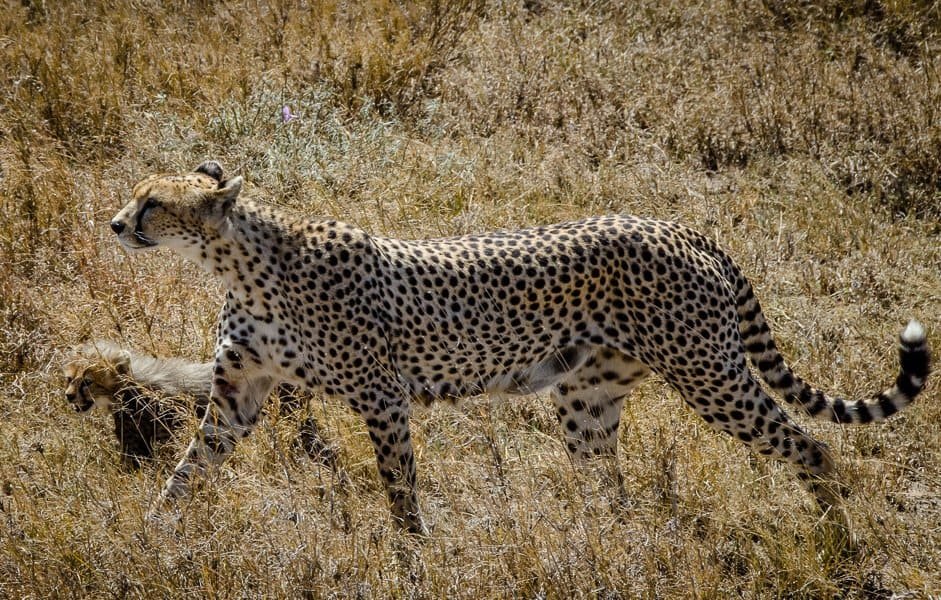
When I visited in 2019 we were very privileged to come upon this cheetah and her two cubs, one of which you can see here.

Spotting a hippo out of water is quite rare so I had to get a photo.

Vultures are fascinating creatures, if not the most attractive of birds…they carry out an important service in the bush, cleaning up after other animals have had their fill.
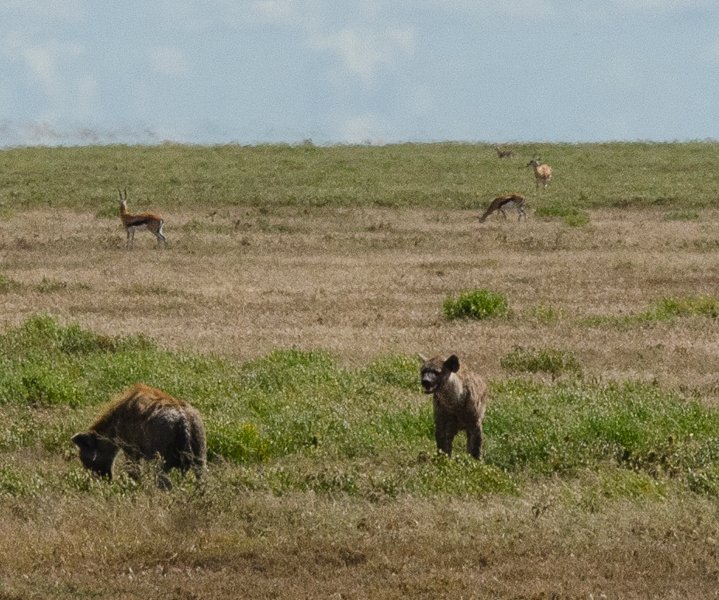
We also found these hyena very close to the track, which was another good photo opportunity. Hyena are extremely clever and work together to secure their food. They are quite ruthless in their pursuit of dinner, too.
Landscape
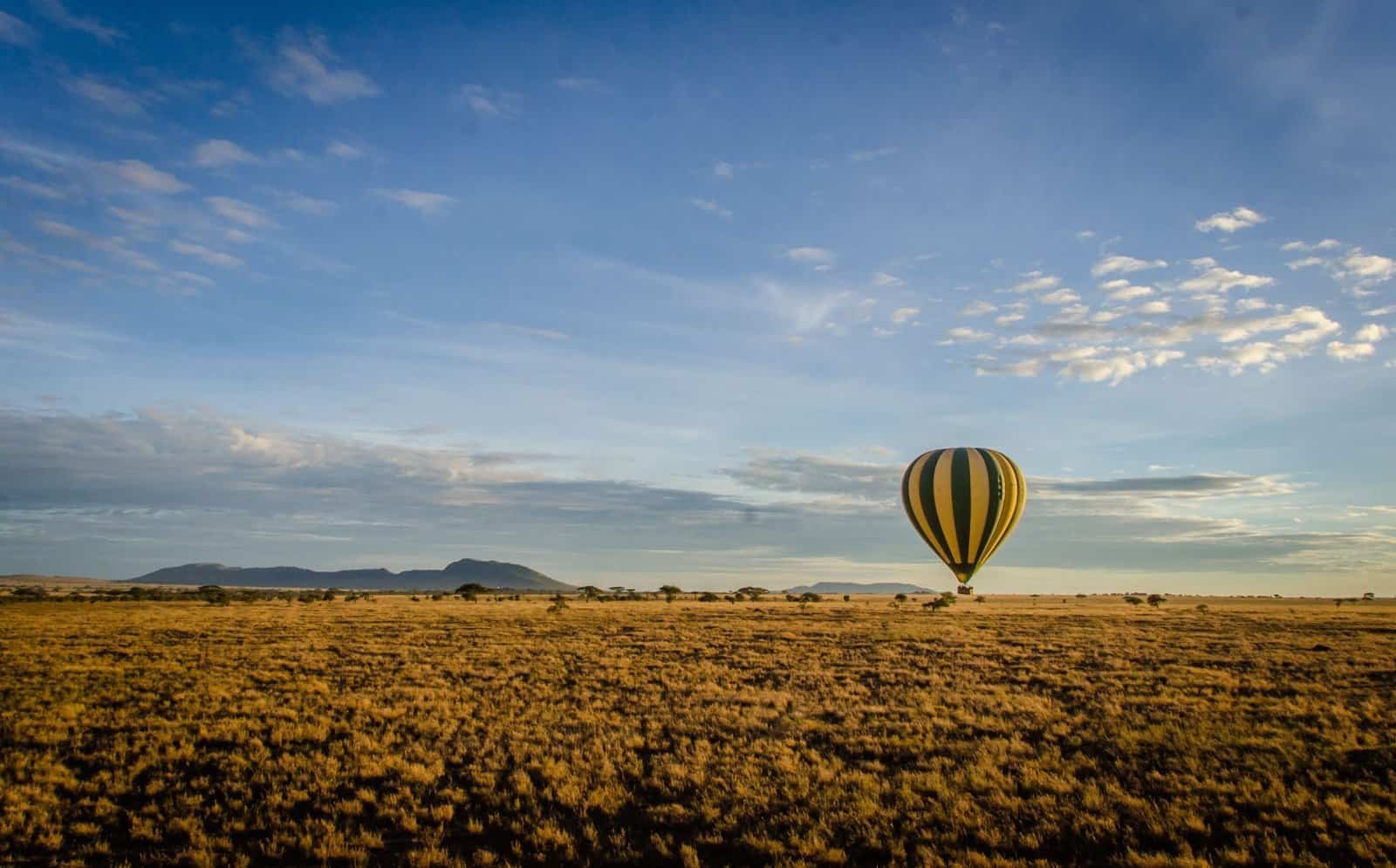
The Park can be divided into 3 sections. The popular southern/central part (Seronera Valley), is what the Maasai called the “serengit”, the land of endless plains. It’s classic savannah, dotted with acacias and filled with wildlife. The western corridor is marked by the Grumeti River, and has more forests and dense bush. The north, Lobo area, meets up with Kenya’s Masai Mara Reserve, is the least visited section.
The plains of Serengeti are mainly crystalline rocks overlain by volcanic ash with numerous granitic rock outcrops (kopjes). In the north and along the western corridor are mountain ranges of mainly volcanic origin. Two rivers flowing west usually contain water and there are a number of lakes, marshes, and waterholes.
The low vegetation means that game viewing is relatively easy. It includesopen grass plains, savannah, hilly wooded grassland and extensive woodland and black clay plains in the west.
Accommodation

There’s a huge variety of accommodation available in the Serengeti National Park, ranging from basic tented camps to luxury lodges, camps and even a Four Seasons hotel. I wouldn’t recommend the latter for a real safari experience, but if you crave a hotel atmosphere with views of the Serengeti from behind glass windows accompanied by the noise of air conditioning, you are in luck. To be fair (I have stayed here myself on a site inspection) the hotel is popular with older visitors on their first visit to Africa who are nervous about staying under canvas – no matter how luxurious. The Four Seasons also has good guides for its game drives too.
I have visited several of the lodges and camps in the Serengeti and all have their own particular appeal. Here’s a video from on of my favourites, Siringit:
Kati Kati Tented Camp is another great place to stay (below):

Contact us for more information and to find the perfect accommodation for your trip.
Game drives
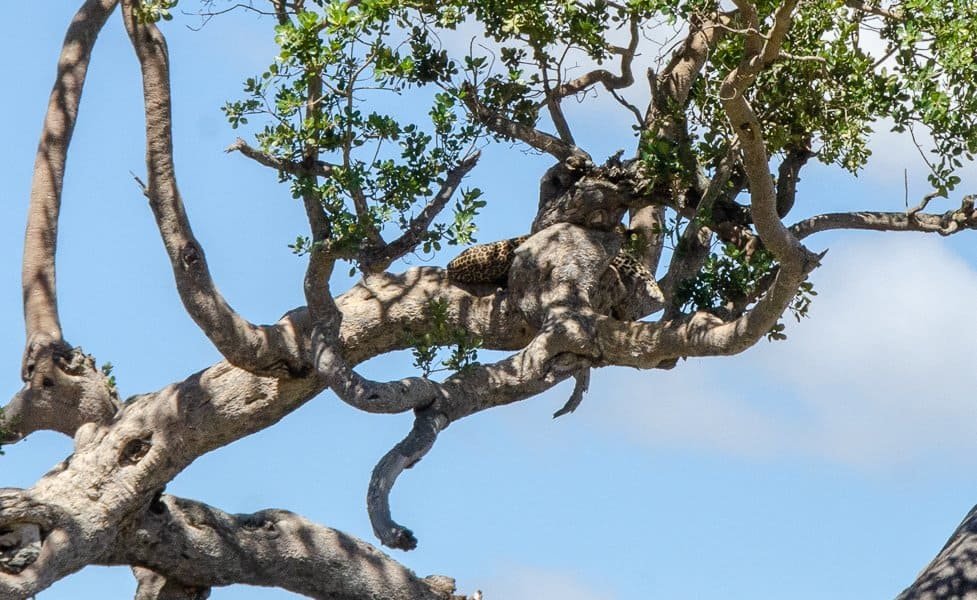
Most game drives take place in enclosed vehicles with a “pop-top” roof. We would prefer the open style but these are rare in the Serengeti. In any case, the pop-top cars provide excellent viewing opportunities.
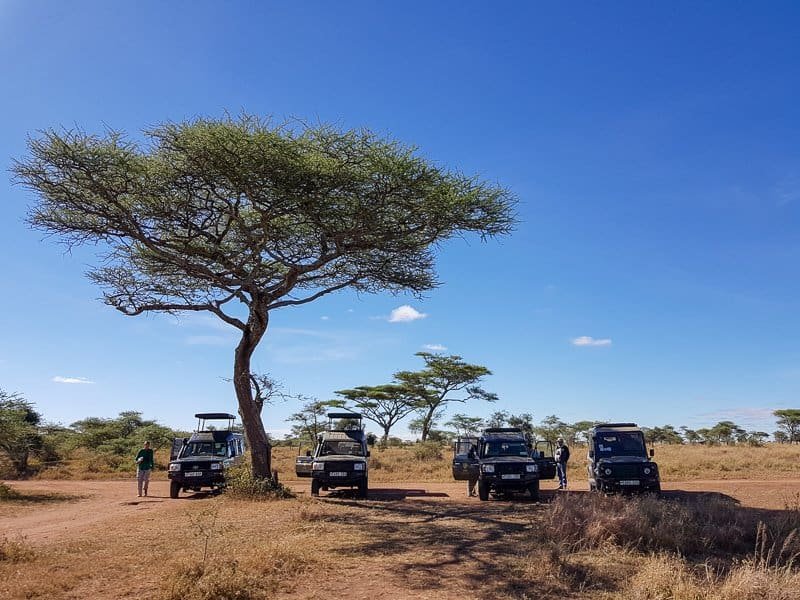
The Serengeti National Park is extremely popular, so you are not going to be able to completely avoid other vehicles. However, away from the more accessible and popular areas you will have a more exclusive experience. We work with companies who know where you can still have great sightings but keep away from the “crowds”.
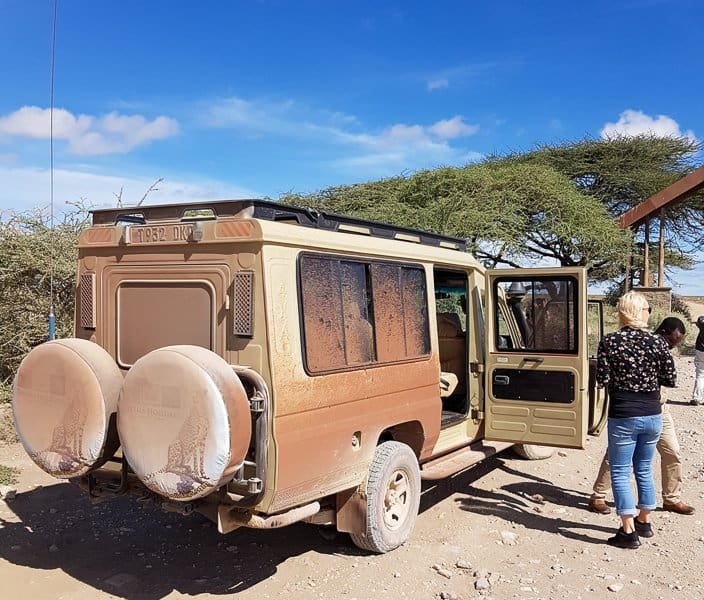
And your vehicle won’t stay clean for long…
Self-drivers?
The Park does allow self-drivers to explore but you won’t meet many of them. The entry fees and vehicle charges are high enough to deter a solo driver or couple; it begins to make more sense if the vehicle is full.
Conclusion
It’s no exaggeration to say that the Serengeti National Park is the best-known wildlife sanctuary in the world. With an area of 14,763 square kilometres, it has the greatest concentration of plains game in Africa and is home to one of the most incredible spectacles on earth – the great migration of wildebeest and zebra. Visitors can spot lion, cheetah, elephant, giraffe and a huge variety of birds. There’s a wide variety of accommodation available, from luxury lodges to mobile camps.
